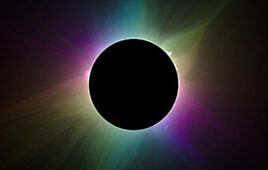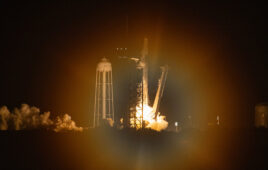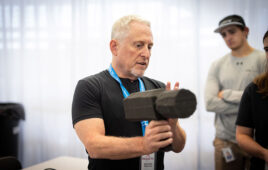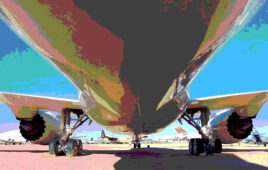Hydrogen is a plentiful element accounting for roughly 73 percent of mass in the visible universe. It’s also integral to the field of radio astronomy, being raw fuel for star formation.
Scientists with the International Centre for Radio Astronomy Research broke a cosmic record recently. Utilizing the National Radio Astronomy Observatory’s Karl G. Jansky Very Large Array, the scientists, who published their work in Astrophysical Journal Letters, detected hydrogen gas issued from a galaxy more than 5 billion light-years away, nearly doubling the previous record for hydrogen detection.
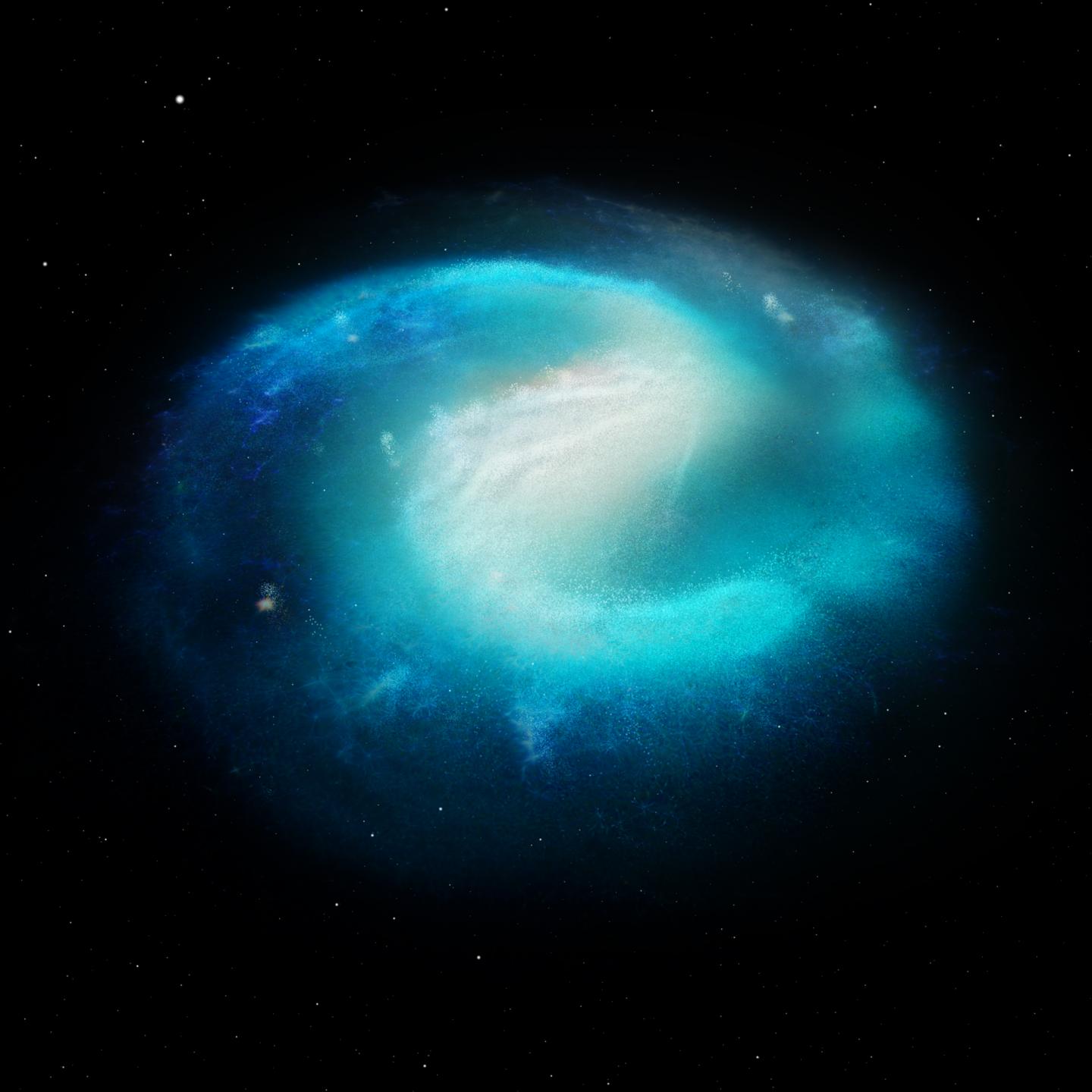
Artist’s impression of the galaxy. (Credit: ICRAR/Peter Ryan)
According to the International Centre for Radio Astronomy Research, humanity’s understanding of distant galaxies and their evolution is hampered by technical limitations.
“Our current understanding of galaxy evolution still has many uncertainties associated with the details of accretion, processing, and removal of gas across time,” the researchers of the Astrophysical Journal Letters wrote. However, “the next generation of radio telescopes will image the neutral hydrogen in galaxies over large volumes at high redshifts, which will provide key insights into these processes.”
The recent study was aided by an upgrade to the Very Large Array, which allowed the researchers to detect the atomic hydrogen from such a distant galaxy, according to study lead author Ximena Fernández, who’s affiliated with Rutgers University.
“These signals would have begun their journey before our planet even existed, and after 5 billion years of traveling through space without hitting anything, they’ve fallen into the telescope and allowed us to see this distant galaxy for the very first time,” said Fernández in a statement.
The amount of neutral hydrogen in the galaxy, nicknamed J100054, is similar to locally known gas-rich galaxies, according to the researchers.
The galaxy was detected during the first 178 hours of the COSMOS Hi Large Extragalactic Survey (CHILES), a 1002-hour survey that is expected to image the neutral hydrogen distribution and kinematics of a minimum 300 galaxies in the COSMOS field.
To process the large amount of data from the project, the team partnered with Amazon Web Services for cloud services.
“For this project we took tens of terabytes of data from the Very Large Array, and then processed it using Amazon’s cloud-based servers to create an enormous image cube, ready for our team to analyze and explore,” said study author Attila Popping, affiliated with the International Centre for Radio Astronomy Research and Australia’s ARC Centre of All-sky Astrophysics, in a statement.

